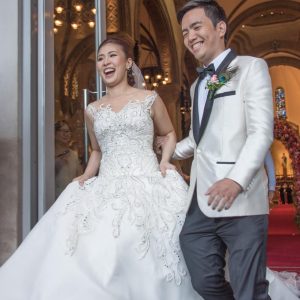Event Photographer
I bring a strong background in Event Photography having spent over a decade working with the Colorado Convention Center in Denver capturing expos, concerts and corporate functions of all kinds. I have partnered with many sports organizations capturing unique imagery for sporting events, from team sports to action packed “extreme sports”. No matter the type of event you will get the quality candid and emotional imagery you desire.
Wedding Photographer
Wedding Photography come in a wide variety of styles. There are those whose skills lie with posed portraiture and those who focus on pre-wedding images. My style of wedding coverage is a “photojournalistic” approach to my imagery. The focus is on capturing candid moments that occur throughout the day among all participants and attendees. So much that is special about your wedding happens beyond just the bride and groom.
Product Photographer
Big Sun Photography is one of the only commercial Product Photography providers on the Western Slope of Colorado (based in Montrose). I offer high quality product photography for businesses both in-studio and on-location. The majority of clients simply package and ship their products directly to me for capture; however, if your product is immobile due to size or security I can still get stunning results wherever you need the photo shoot to take place.

A little about me: when not working with my commercial clients, I take Colorado tourist on back-country photography tours around the San Juan Mountains and other Colorado destinations. It’s a complete 180 in style and subject matter from the above genres, but it’s fun and a great way to keep my photographic creativity alive.
I also travel at every opportunity. I’ve explored well over 40 countries and continue to find joy in experiencing new cultures, foods and people.
~ Gene Tewksbury
Fifteen years in the photography business is no easy task. I attribute my success to how I work with my clients. Of course quality imagery is of primary concern for everyone, but then there are the logistics of the project that are equally important. I work directly with my clients on all aspect of the project ensuring the client understands the pros & cons of every option before work begins. Then there is reliability (a lacking virtue in today’s world). Regardless of a photographer’s skill, if they do not shoot and deliver when on time, they are of no value to you.
- Member of Visit Denver Visitors Bureau
- Member of Professional Photographers of America
- Approved Vendor for Colorado Convention Center
- Member of Montrose Colorado Chamber of Commerce



